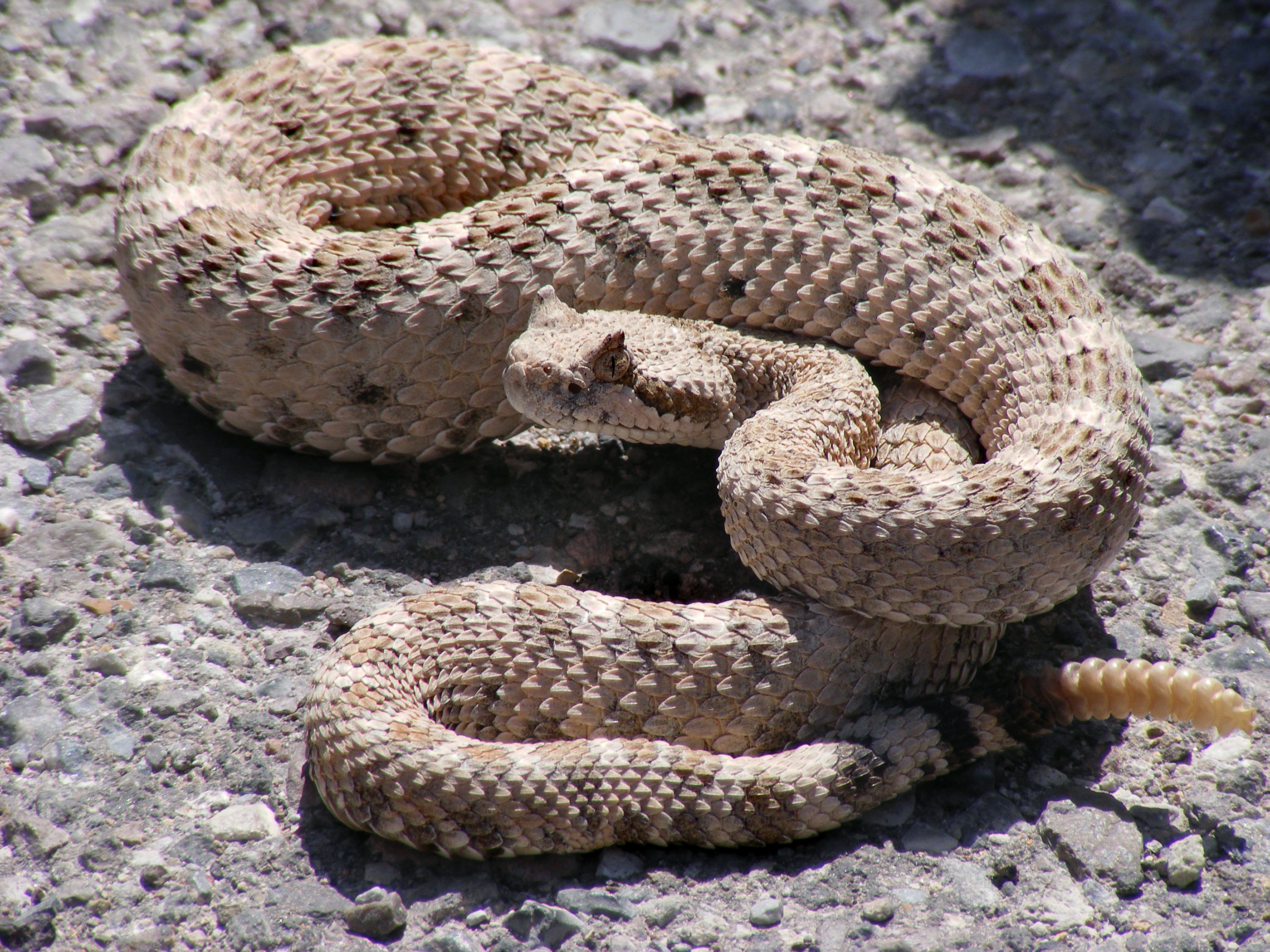What To Do If You Encounter a Rattlesnake
There are voluminous lists of what to do and what not to do when out hiking or working in the outdoors. Many of the precautions include things like stay on established trails and foot paths, don’t drink water from streams or creeks (most are polluted in one fashion or another these days) and never go alone. These are good guidelines, especially since the wilderness is now closer to habitation than ever before, and encounters with animals or insects occur frequently.
This brings us to the main topic rattlesnakes:
Some people have an irrational fear of snakes in general, but a lot of people already have an understanding that the majority of snakes don’t want to meet us anymore than we want to meet them. However, if you’re an avid hiker, mountain biker or work or live in the back country, you are bound to see snakes sooner or later. This is just a fact of life, especially as the weather heats up in the summer months.

As everyone probably already knows, snakes are cold blooded. They can’t regulate their body heat, so they rely on the ambient temperature of the air. To warm up quickly, which is necessary to drive their metabolism, they have to lie in the sun or on a heated rock. When they’re doing this, they are very easy to spot, but when they are too hot and need to hide in the shade to keep their bodies cool, their cryptic markings make them difficult to see. For this reason, it’s necessary to always exercise caution around logs, rocks or animal burrows. Common sense tells you not to reach into holes or gaps between trees or rocks without first knowing what’s there, but still, people do this and then get bitten. If you’re crossing over rocks, take an extra second or two and peer around for evidence of snakes. It there’s dirt or sand around, look for the ‘s’ shaped tracks or see if there might be a hiding place among the rocks. If you’re unsure, stomp your feet to make the ground vibrate. This is one of the ways snakes tell what’s around them. If a snake can get away, it will.
Some essential outdoorsy gifts can be purchased through the person to get the benefits. The gifts are as per the requirements of the loved ones. The look and appearance should be unique and different for the person to get effective results.
So what happens when you’ve been cautious and you suddenly hear that tell tale rattle? The main thing, as hard as this might be, is not to panic. Rattlesnakes will rattle first to let you know they want you to move away. If they had any intention of eating you, they wouldn’t rattle at all, but since people are too big, they rattle to warn you that they are close by. Generally, they’ll be rattling if they feel threatened or cornered. If they are in a shallow animal burrow or under a rock with no escape route, they’ll shake that old tail so you’ll move along without bothering them. This isn’t to say they won’t strike at you, but it’s a last resort if you don’t go away quick enough. Their toxin is for protection as well as for hunting.

If you do find yourself on the receiving end of a rattlesnake bite, again, try not to panic. The faster your heart rate, the faster the poison will travel through your blood stream. It used to be recommended to cut the bite and suck out the poison, but lately I’ve read that it’s now better to just walk slowly to get help. If you’re too far away and have a cell phone with that (that actually has reception), you can always call for help and give your location (or if the phone has a GPS, rescuers can find you that way). Most bites are not fatal, unless the person is very young or very old. However, there’s always an exception to any rule. The Mojave Green rattlesnake is reputed to be the most potent of the rattlesnakes. Once bitten, you don’t have long to seek help. Therefore, it’s far better to be safe and learn about the habitat you’ll be in. If you’re in a ‘snakey’ area, be careful. There’s no reason not to go hiking and enjoy nature, but remember, the wilderness is the rattlesnake’s home. You’d get mad, too, if someone came stomping through your house
